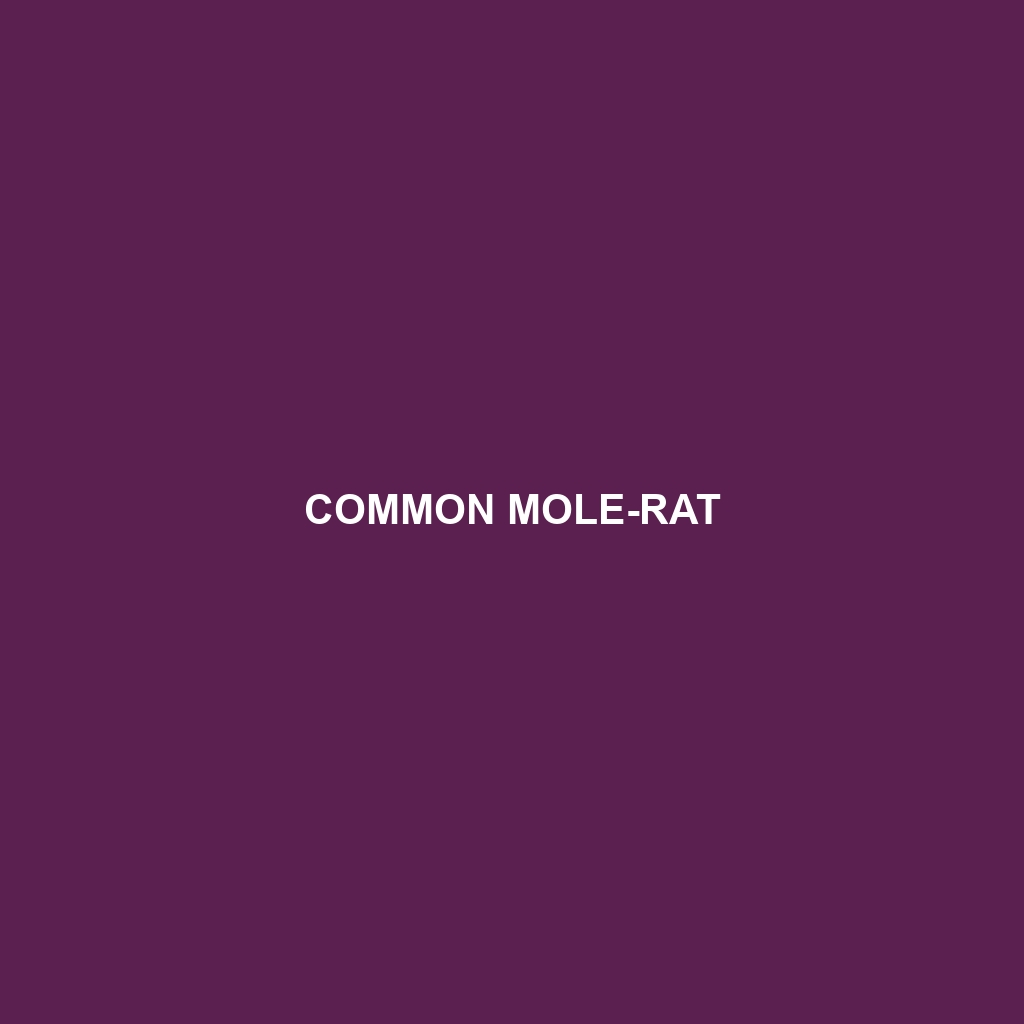Discover the Anguis cephallonica, also known as the Cephalonia snake, a fascinating legless lizard native to the Mediterranean, characterized by its elongated body, smooth scales, and impressive tail regeneration. This insectivorous species thrives in rocky, dry habitats and plays a crucial role in controlling insect populations.
Tag: fossorial behavior
Eastern Mole Vole
Discover the Eastern Mole Vole (<i>Microtus pinetorum</i>), a fascinating small rodent found primarily in the eastern United States and Canada. Renowned for its extensive burrowing systems and herbivorous diet, this species plays a vital role in its ecosystem by aiding soil health and serving as prey for native predators. Learn more about its habitat, behavior, and conservation status in our in-depth species description.
Somali Golden Mole
Discover the fascinating Somali Golden Mole (Calcochloris tytonis), an elusive insectivorous mammal native to Somalia's arid landscapes. With its striking golden fur and unique adaptations for subterranean life, this small creature plays a crucial role in its ecosystem by controlling soil-dwelling insect populations. Learn about its incredible physical traits, behaviors, and the conservation challenges it faces in a rapidly changing environment.
Cape Mole-rat
Discover the intriguing world of the Cape Mole-rat (*Georychus capensis*), a social and fossorial rodent native to southern Africa's grasslands. Weighing up to 400 grams, these remarkable creatures are master diggers, creating extensive burrow systems as they forage for underground plant parts. While classified as "Least Concern" by the IUCN, their habitat faces threats from agricultural practices, highlighting the need for ongoing conservation efforts.
Common Mole-rat
Discover the fascinating world of the Common Mole-rat, a social, fossorial rodent native to the sandy soils of southern Africa. With their remarkable burrowing abilities, these medium-sized creatures contribute to soil aeration and play a vital role in their ecosystem. Learn about their distinctive physical traits, nocturnal behavior, and how they thrive in colonies while foraging for nutrient-rich underground plant parts.




